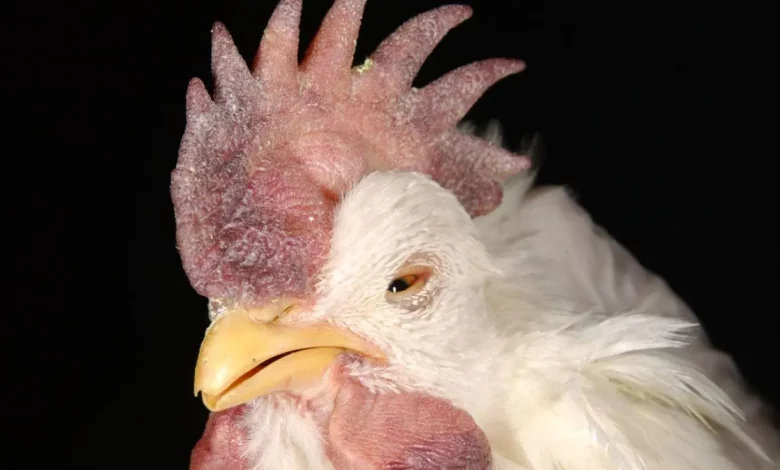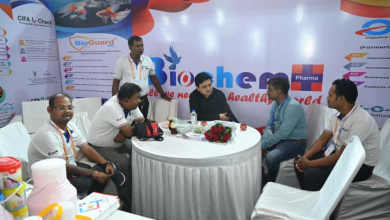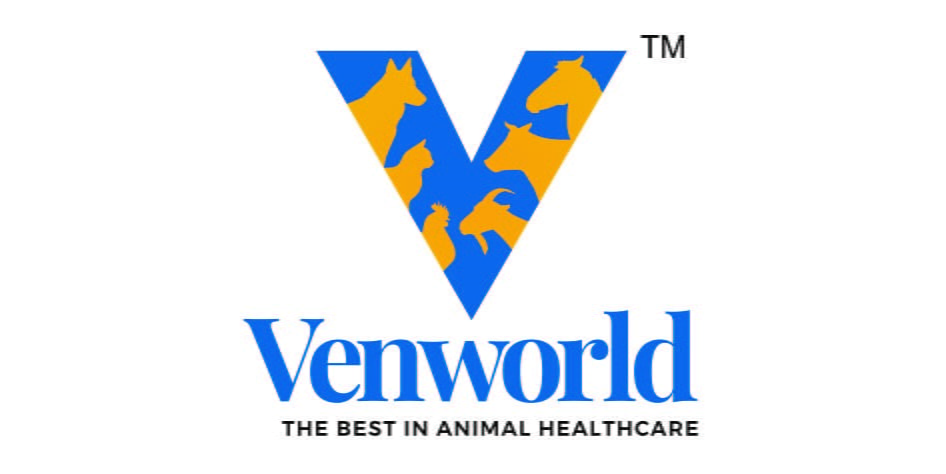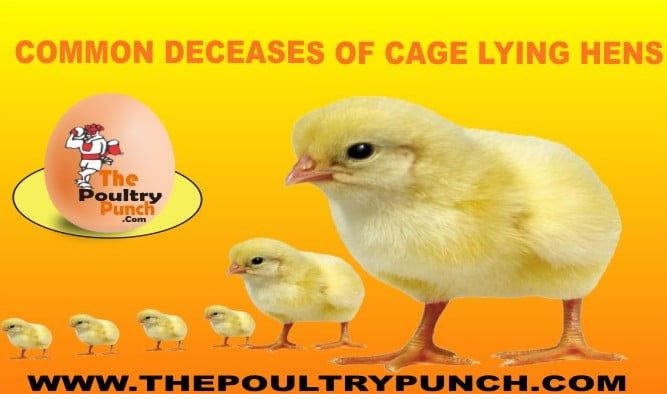NewCastle Disease

New Castle Disease
Aditya Sharma Department of Veterinary Pathology, Khalsa College of Veterinary and Animal Sciences, Amritsar
Sheikh Uzma Farooq Department of Veterinary Pharmacology and Toxicology, Khalsa College of Veterinary and Animal Sciences, Amritsar
Introduction:-
Based on the number of animals, poultry represents the largest domestic animal stock in the world. Poultry represents an important sector in animal production, with backyard flocks representing a huge majority, especially in the developing countries. In these countries, villagers raise poultry to meet household food demands and as additional sources of incomes. Backyard production methods imply low biosecurity measures and high risk of infectious diseases, such as New castle disease also known as “avian pneumo-encephalitis” and in India as “Ranikhet disease”. The disease was first encountered in poultry in Newcastle, England, hence the name- “Newcastle disease”. It is an acute, rapidly spreading disease of domestic poultry and other birds, caused by paramyxovirus type 1 (PMV – 1).
The diseaseis characterized by rapid onset of respiratory signs, and nervous manifestations; andvariable mortality. New castle disease is considered to be one of the most important poultry diseases in the world. Chickens are particularly susceptible, and may experience morbidity and mortality rates up to 100%. Outbreaks can have a tremendous impact on backyard chickens in developing countries, where these birds are a significant source of protein and this disease is endemic. Today, the disease is almost worldwide in distribution, except in the Scandinavian countries. In India, it is the most important viral disease of poultry.
Strains of the NCD virus:-
Based on the disease produced in chickens, New castle disease viruses [NCDVs] have been placed in five pathotypes:
- Viscerotropic velogenic: These NCDVs cause a highly virulent form of the disease. Haemorrhagic lesions are characteristically present in the intestinal tract.
- Neurotropic velogenic: These NCDVs cause high mortality following respiratory and nervous signs.
- Mesogenic: These NCDV s cause low mortality following respiratory and sometimes nervous signs.
- Lentogenic: These respiratory NCDVs cause mild or in-apparent respiratory infection.
- Asymptomatic: The enteric NCDVs cause in-apparent enteric infection.
Spread:-
Direct contact with secretions of infected birds; principally via ingestion (faecal / oral route) and inhalation, fomites: feed, water, implements, premises, human clothing, boots, sacks, egg trays/ crates, etc. Survival of agent is prolonged by presence of faeces; as in soiled eggshells. Virus is shed during the incubation period, during clinical stages and for a limited period during convalescence. Fleas, rodent, insect and dog can also transmit NCD virus mechanical from infected faeces.
Pathogenesis:-
- The initial step is attachment of the virus to cell receptors. This is mediated by the HN glycoprotein.
- Attachment at the replication site is followed by fusion of the virus membrane with the cell membrane.
- Fusion of the viral and cell membranes is brought about by action of the fusion (F) glycoprotein. Thus, the nucleocapsid complex enters the cell.
- Intracellular virus replication takes place entirely within the cytoplasm.
- The F glycoprotein is synthesized as a non-functional precursor, F0, which requires cleavage (a split division) to Fl and F2 by host proteases for the production of infective viral particles.
- The HN of some strains of N DV may also require post-translational cleavage (i.e., after the HN molecule has been formed).
- This cleavage plays a crucial role in the molecular basis 0 f its pathogenicity, as discussed below.
Cleavage Site:- During the replication of virus, it is necessary for the precursor glycoprotein FO to be cleaved to Fl and F2, for the progeny virus particles to be infective. This post-translation cleavage (i.e., split after the FO molecule has been formed) is mediated by host cell proteases. The cleavage takes place at the cleavage site. If cleavage fails to take place, non-infectious virus particles are produced.
- In lentogenic viruses (i.e., in viruses of low virulence), cleavage can be caused by 0nly those proteases that recognize the single amino acid arginine, i.e., by trypsin-like enzymes, such as are present in the respiratory and intestinal tracts. Since they cannot be cleaved elsewhere, no infective virus is produced at other places. Therefore, their growth and pathogenicity are limited to the respiratory and digestive tracts.
- On the other hand, the virulent viruses, because they possess additional amino acids at the cleavage sites in the FO molecule, can be cleaved by proteases found throughout the body. The virulent viruses thus invade and replicate in many tissues and organs, resulting in the production of infective virus throughout the body, generalized disease, and death.
Clinical signs and symptoms:-
A highly contagious and severe form of the disease, called exotic Newcastle disease, is so deadly that many birds die suddenly without showing any signs of disease. Clinical signs seen in birds infected with NDV vary widely and are dependent on factors such as: the virus or pathotype, host species, age of host, co-infection with other organisms, environmental stress and immune status. . Initial clinical signs vary but include lethargy, inappetence, ruffled feathers, oedema and injection of conjunctiva.
- As the disease progresses birds may develop greenish or white watery diarrhoea, dyspnea and inflammation of the head and neck often with cyanotic discoloration.
- In later stages of disease neurologic signs may be manifested as: tremors, tonic/clonic spasms, wing/leg paresis or paralysis, torticollis, and aberrant circling behaviour; also, be seen.
- Sharp drop in egg production; eggs contain a watery albumin and appear misshapen with abnormally coloured, rough or thin shells.
- Birds that survive serious infection may develop neurologic and partial or complete cessation of egg production. Morbidity and mortality rates may approach 100% in unvaccinated chickens [18].
The clinical signs of the three most virulent pathotypes of avian Paramyxovirus (APMV-1) are:-
- Lentogenic strains: usually associated with subclinical disease marked by mild respiratory disease; coughing, gasping, sneezing and rales. If other co-infectious agents circulating, it can result in severe signs. Mortality is negligible.
- Mesogenic strains: may produce cause acute respiratory disease and neurologic signs in some species. Mortality rate is usually low. If other co-infectious agents circulating, can result in severe signs.
- Velogenic strains: most commonly cause severe disease in chickens with mortality; signs principally are respiratory and/or nervous.
Other typical characteristics of the disease include: rapid spread; death within 2-3 days; a mortality rate of over 50% in naive populations; and an incubation period of 3-6 days. On necropsy, typical lesions are mucus in the trachea, and usually hemorrhage in the intestine, particularly in the proventriculus. It should be borne in mind that all the preceding signs and lesions can be caused by other diseases.
Prevention and Control:-
The general approaches to the control of Newcastle disease are hygiene and vaccination, this is always important, especially in the control of NCD in semi-intensive systems where birds are confined within a fenced yard or house. Hygiene includes measures such as cleaning, disinfection, limiting access to wild birds, and personal hygiene of the farm staff. Vaccination in combination with appropriate hygiene measures, this remains the most effective way of controlling ND. Vaccination against ND would result in immunity against infection and replication of the virus. Realistically, ND vaccination usually protects the bird from the more serious consequences of disease, but virus replication and shedding may still occur
Vaccination is widely used worldwide to protect chicken, especially in countries where velogenic strains are endemic. Live lentogenic vaccines are commonly used by mass application through the drinking water or by sprayed aerosol. The most used are B1 and LaSota strains. These application methods are less labour intensive but, if they are not administered properly, may lead to poorly vaccinated flock (<85%) that does not reach flock immunity. Administration of live vaccines can also be done individually through intranasal or conjunctival instillation. Chicks can be vaccinated at 1-4 days of life and revaccinated at 2-4 weeks later or initial vaccination can be delayed until the second or third week of life avoids interference with maternal antibodies.
Inactivated vaccines, which may be of virulent or avirulent strains, are incorporated into an emulsion and are applied intramuscularly or subcutaneously. Therefore, it is ensured that each bird receives a standard dosage, but a larger amount of virus is required for immunisation than in live vaccines. In addition, they are more expensive and labour intensive.
The frequency of revaccination depends on the risk of exposure and virulence of the field virus. Different strategies are performed to ensure maintenance of flock immunity. Layers and breeders under low challenge (NDV free countries) may employ initially inactivated vaccines or live vaccines and the following vaccinations will include slightly more pathogenic live vaccines. On the other hand, flocks under high challenge may use inactivated vaccines after several live vaccinations.
Biosecurity: Biosecurity plans are based on proper farm isolation and management practices:
- Isolation of farm, feed and water supplies of wild birds.
- Pest control of the facilities to avoid presence of rodents and insects.
- Control of human and vehicular traffic: minimizing travel on and off the facility and strict disinfections of all equipment entering the farm.
- Workers policy of shower-in and dedicated clothing. They should avoid contact with pet or wild birds outside the farm.
- Perform “all in-all out” system, to avoid contact of groups of different ages.
- Effective disinfectants include ether, formalin, glutaraldehyde, phenolics and oxidising agents, chlorhexidine and sodium hypochlorite. The virus can also be inactivated by heat treatments.
Conclusion:- Newcastle disease is one of the most important viral infections occurring in the chicken industry. It is a reportable disease that causes great economic losses when there is an outbreak because of the sacrifice of birds and trade restrictions it implies. Strong preventive measures should be applied to avoid the outbreak or the effect of subclinical presentations, including proper sanitary prophylaxis and vaccination. Commercial lines used nowadays in the chicken industry are genetically weaker against external threats, added to the stress conditions of the high productive demand that may affect the activity of the immune system. The use of natural immunostimulants based on pronutrients will physiologically enhance the innate and adaptative immune response, ensuring proper antibody production and its persistence after vaccination.
Bibliography:-
- Newcastle disease, Technical Disease Card.
- Merck Veterinary Manual. Newcastle disease in poultry.
- Iowa State University – The Center for Food Security and Public Health. Newcastle disease, Technical Fact Sheet.




